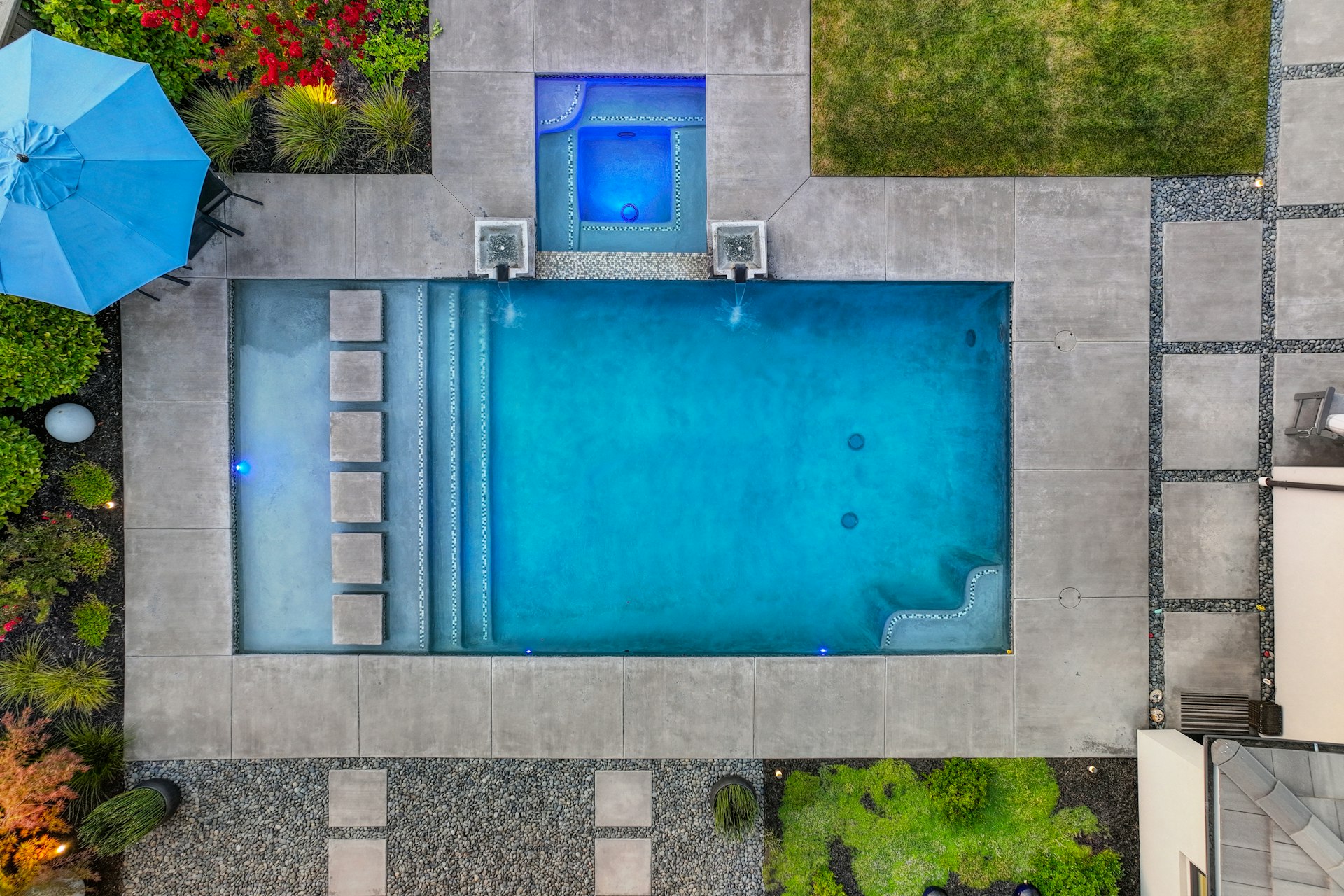Transform Your Raised Beds: Low-Flow Drip Irrigation for Efficient, Healthy Gardens

Photo by Duta Waskita on Unsplash
Introduction: Why Low-Flow Drip Irrigation for Raised Beds?
Efficient watering is a top priority for any gardener, especially those cultivating raised beds. Low-flow drip irrigation delivers water directly to plant roots, reducing waste and promoting healthier growth. Instead of surface watering, which can evaporate or run off, drip systems apply water slowly and steadily at the soil level. This approach minimizes water loss and ensures your plants receive the consistent moisture they need to thrive [1] .
Core Benefits of Low-Flow Drip Irrigation in Raised Beds
Drip irrigation systems offer several advantages over traditional methods. Some of the most notable benefits include:
- Water Conservation: Drip irrigation can use up to 50% less water than sprinklers by targeting the root zone directly and minimizing evaporation and runoff [3] .
- Improved Plant Health: Consistent, deep watering encourages stronger root systems and healthier plants. Keeping foliage dry also reduces fungal disease risks [4] .
- Nutrient Uptake: Drip systems deliver water at a steady rate, ensuring plants absorb nutrients efficiently and reducing leaching from overwatering [4] .
- Lower Operating Costs: By using less water and relying on low-pressure systems, gardeners can reduce utility bills and overall maintenance expenses [4] .
- Adaptability: Drip lines can be configured for any raised bed layout, including uneven or compact gardens, offering flexibility for diverse planting needs [4] .
Understanding Low-Flow Drip Irrigation Systems
A typical drip system for raised beds consists of:
- Water Filter: Prevents clogging by removing debris from the water source.
- Pressure Reducer: Ensures the system operates at optimal low pressure to avoid damaging drip lines [1] .
- Pressure Gauge: Allows you to monitor and fine-tune your system’s performance.
- Header Pipe: Distributes water from the source to the drip lines.
- Drip Lines or Emitters: Deliver water directly to the plant roots at a controlled flow rate.
There are two main types of drip irrigation lines:
- Rigid Drip Tubing: Durable, long-lasting, suitable for permanent installations.
- Flexible Drip Tape (T-tape): Cost-effective for seasonal or short-term use, but may need replacement every few years [1] .
Automatic controllers can further enhance efficiency, providing scheduled watering even when you’re away [2] .
Step-by-Step Guide: Setting Up Low-Flow Drip Irrigation in Raised Beds
Installing a drip system is a practical DIY project. Here’s a detailed guide to get you started:
- Assess Your Water Source: Identify a nearby outdoor faucet or irrigation line. Check the water pressure and ensure it can support a drip system (ideally, 10-30 PSI for low-flow setups).
- Plan Bed Layout: Map the arrangement of your raised beds and plants. Decide whether to use straight lines, loops, or a grid pattern for the drip lines depending on plant spacing.
- Select Components: Purchase a drip irrigation kit designed for raised beds or source individual parts: filter, pressure regulator, mainline tubing, drip lines or emitters, and connectors. Many reputable garden supply companies offer complete kits tailored to your bed dimensions [1] .
- Install Filter and Regulator: Attach the filter and pressure reducer directly to your water source to protect and optimize your system.
- Lay Out Mainline Tubing: Run the main tubing along the edge or center of each raised bed. Secure it with stakes if necessary.
- Connect Drip Lines: Space drip lines 12-18 inches apart across the bed surface. For closely spaced vegetables, place emitters at each plant. For wider-spaced crops, you can use individual emitters or adjustable drippers.
- Test and Adjust: Turn on the water and check for leaks, blockages, or uneven flow. Adjust emitter placement and flow rate as needed to ensure uniform coverage.
- Set Up Automation (Optional): If using a timer or smart controller, program your watering schedule based on your local climate and plant needs. For most raised beds, watering 1-2 times per week is sufficient, but adjust as needed for weather and crop type [2] .
Practical Example: Drip Irrigation for a Vegetable Raised Bed
Consider a 4×8 foot raised bed planted with tomatoes, peppers, and greens. By installing two parallel drip lines spaced 18 inches apart, you can ensure even soil moisture across the entire bed. Each tomato plant receives a dedicated emitter, while greens and peppers benefit from the slow, steady watering. With an automatic timer set for early morning, water is applied before peak evaporation, conserving resources and supporting robust growth [3] .
Addressing Common Challenges and Solutions
Clogged Emitters: Use a quality filter to prevent debris from entering the system. Periodically flush lines and check emitters for blockages.
Uneven Coverage: Adjust emitter placement and flow rate, or add more lines for dense plantings. Inspect for pressure drops that may indicate leaks or excessive run length.
Seasonal Maintenance: In cold climates, disconnect and drain the system before freezing temperatures to avoid damage. Store flexible tubing indoors if possible.
Retrofitting Existing Beds: Flexible connectors and elbows can help integrate drip systems into established beds without major disruption [1] .
Alternative Watering Methods: Pros and Cons
While soaker hoses and sprinklers are sometimes used, they generally fall short of drip systems for raised beds. Soaker hoses may clog, degrade quickly, and provide uneven moisture. Sprinklers increase evaporation and can promote disease by wetting foliage [2] . In contrast, drip irrigation delivers targeted water with minimal waste and disease risk.
How to Access Drip Irrigation Solutions
You can purchase drip irrigation kits from reputable garden centers, major home improvement stores, or trusted online retailers. Look for products specifically labeled for raised beds or container gardens. If you are unsure which system to choose, consult with local extension services or professional landscapers for advice tailored to your region.
For step-by-step guidance, many university extension programs and gardening organizations provide free publications and how-to videos. Search online for “drip irrigation for raised beds” alongside your state or local extension office. If you need professional installation, contact licensed irrigation contractors in your area.

Photo by Being Organic in EU on Unsplash
For troubleshooting, maintenance, or upgrades, you can also join local gardening groups or forums to share experiences and get peer support.
Key Takeaways
Low-flow drip irrigation is a transformative solution for raised bed gardens. By delivering water efficiently and precisely, it conserves resources, reduces labor, and supports plant health. With proper planning, installation, and maintenance, both beginners and experienced gardeners can harness these benefits for more productive and sustainable gardens. Whether you choose a pre-assembled kit or build your own system, drip irrigation offers a pathway to thriving raised beds with minimal water waste.
References
[1] Gardening Know How (2024). Use Drip Irrigation For Raised Beds To Grow More With Less.
[2] Growing In The Garden (2024). The Best Way to Water Raised Bed Gardens.
[3] Carpathen (2025). What Is Drip Irrigation? A 2025 Guide to Efficient Garden Watering.
[4] DripWorks (2024). 8 Amazing Benefits of Drip Irrigation in Vegetable Gardening.
[5] Colorado State University Extension (1998). Drip Irrigation for Home Gardens.



